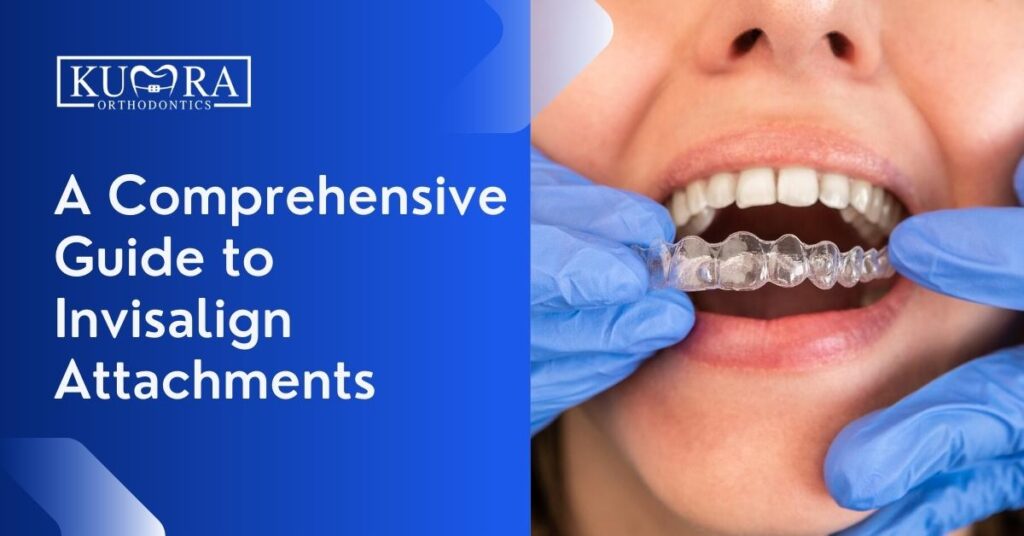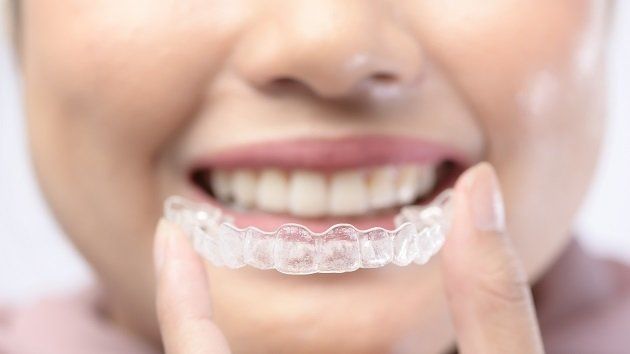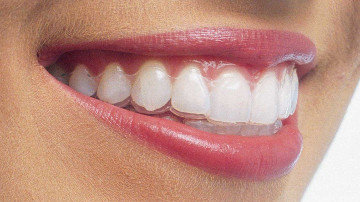Discover the Perks of Invisalign for a Perfect Smile Improvement
Invisalign vs. Traditional Dental braces: Which Option Is Right for You?
When taking into consideration orthodontic therapy, the option in between Invisalign and traditional dental braces presents a number of important aspects that warrant mindful assessment. Invisalign supplies a very discreet alternative with detachable aligners, while traditional braces offer an extra noticeable yet efficient solution for extreme imbalance.
Summary of Treatment Alternatives

In contrast, traditional dental braces are composed of metal brackets and wires that are bound to the teeth. This method uses continual pressure in time to accomplish alignment. While reliable for complicated orthodontic problems, traditional braces require routine brows through for modifications and can posture challenges in maintaining oral hygiene because of the difficulty of cleaning up around cables and brackets.
Both options have their advantages, and the selection usually hinges on details dental conditions, way of life preferences, and person compliance. Eventually, consulting an orthodontic professional is essential for identifying one of the most appropriate therapy strategy customized to private demands. Comprehending the nuances of each alternative can substantially influence the total success of orthodontic therapy.
Aesthetic Considerations
A substantial element affecting the selection in between Invisalign and conventional dental braces is the visual allure each therapy offers. Invisalign aligners are crafted from clear plastic, making them virtually undetectable when worn. This very discreet look is especially interesting teenagers and adults who might really feel awkward about their orthodontic treatment. The capability to keep a natural smile throughout the alignment procedure can significantly boost the person's confidence in social and specialist settings.
On the other hand, typical braces include metal braces and wires, which can be a lot more visible. While developments in orthodontic technology have actually caused the growth of smaller sized braces and colored elastics, standard braces still maintain an even more obvious profile. For some people, the presence of braces might deter them from seeking needed therapy.
Eventually, the selection between Invisalign and standard braces might depend upon individual choices regarding aesthetics. Clients who prioritize discretion often favor Invisalign, while those that are less worried about presence might opt for typical dental braces. Recognizing the aesthetic ramifications of each option is critical for making an educated decision that lines up with one's lifestyle and choices.
Convenience and Convenience

In terms of benefit, Invisalign aligners are removable, allowing patients to appreciate their favored foods without constraint and keep optimal oral health. Cleaning and flossing are streamlined, as the aligners can be obtained throughout these routines, whereas conventional braces call for careful steering around brackets and cables.
In contrast, traditional dental braces require regular modifications, making them much less hassle-free for those with hectic routines. On the whole, the comfort and comfort of Invisalign make it an enticing choice for lots of people looking for orthodontic therapy.
Treatment Period and Performance
While both Invisalign and traditional dental braces are efficient in dealing with dental imbalances, the duration of treatment can vary substantially in between both alternatives. Generally, Invisalign treatment can take anywhere from 12 to 18 months, depending upon the complexity of the case. The clear aligners function by gradually shifting teeth into their desired placements, and routine follow-ups with an orthodontist aid ensure development stays on course.
In comparison, typical dental braces commonly call for a longer commitment, normally ranging from 18 months Bonuses to three years. This results from their set nature and the use of wires and braces, which can be a lot more efficient for complicated instances and serious misalignments (Invisalign). The therapy efficiency of standard dental braces is well-documented, as they permit accurate modifications and better control over tooth movement
Inevitably, the choice between Invisalign and conventional dental braces may depend upon both the expected therapy duration and the details dental issues handy. Consulting with an orthodontist is essential, as they can offer customized referrals based on specific demands, guaranteeing the picked technique lines up with preferred durations and outcomes.
Expense Contrast and Insurance Coverage Options
Price plays a substantial duty in the decision-making procedure for individuals thinking about orthodontic therapy, whether choosing for Invisalign or traditional dental braces. On standard, the expense of Invisalign varieties from $3,000 to $8,000, while typical braces usually cost between $2,000 and $6,000. Variables influencing these costs consist of the complexity of the situation, the duration of treatment, and geographical place.
Lots of dental insurance strategies supply partial insurance coverage for orthodontic therapies, however the specifics can vary commonly. Generally, conventional dental braces might be much more frequently covered by insurance plans compared to Invisalign, which some insurers classify as an aesthetic treatment.
In addition, several orthodontic methods offer versatile payment plans, making both therapy alternatives more available. Patients must make inquiries regarding prospective funding alternatives and discounts for in advance settlements. Reviewing the total expense, including insurance coverage benefits and layaway plan, is necessary for making an informed decision that straightens with both aesthetic preferences and budget plan considerations.

Conclusion
In summary, the option in between Invisalign and standard dental braces rests on numerous factors, including aesthetic choices, comfort, therapy duration, and expense. Invisalign provides a very discreet, removable alternative that assists in oral health and nutritional versatility, while typical dental braces might be preferable for complicated oral issues and commonly come at a lower cost point. Eventually, appointment with an orthodontist is necessary to evaluate specific scenarios and identify the most proper treatment choice for achieving ideal dental positioning.
When considering orthodontic treatment, the choice between Invisalign and conventional braces offers Click This Link numerous crucial factors that warrant mindful examination.Comparing Invisalign and traditional dental braces reveals distinctive treatment alternatives for orthodontic modification.While both Invisalign and typical braces are reliable in dealing with oral misalignments, the period of therapy can vary dramatically in between the two choices.Cost plays a significant duty in the decision-making procedure for individuals taking into consideration orthodontic treatment, whether opting for Invisalign or traditional dental braces.In recap, the option in between Invisalign and typical dental braces pivots on several elements, consisting of aesthetic preferences, convenience, therapy duration, and expense.